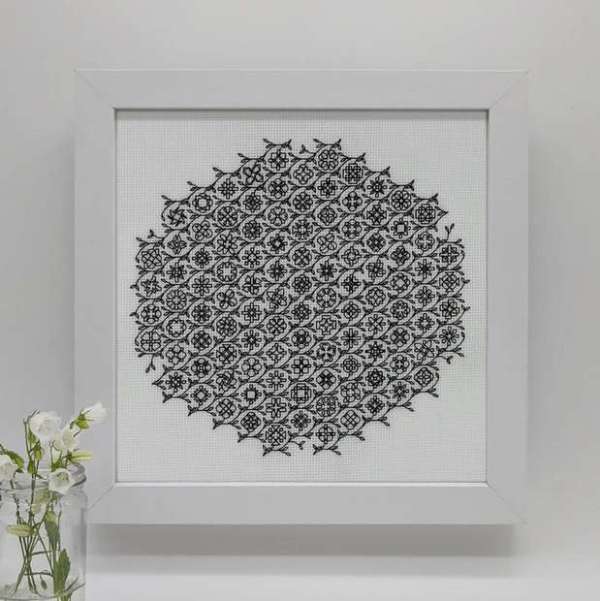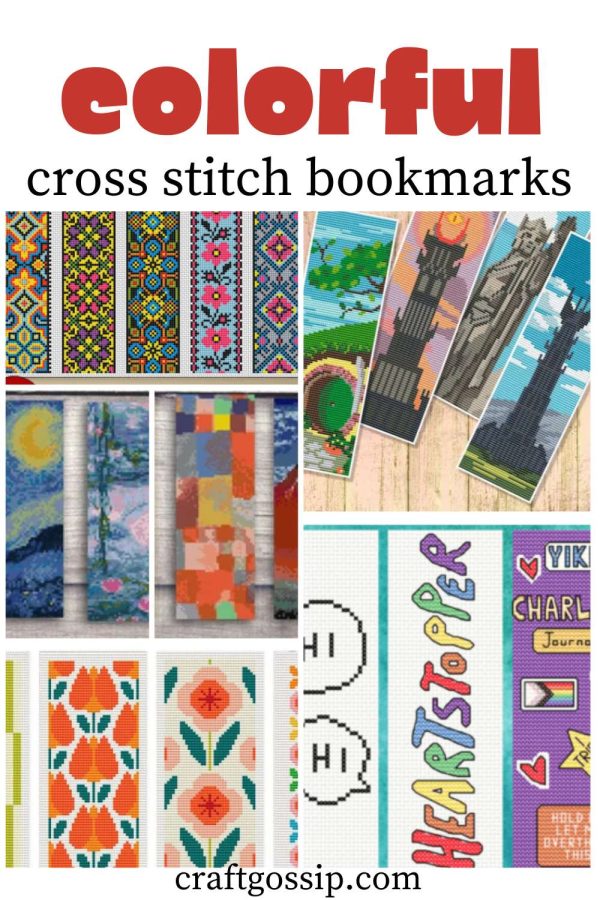 I will admit that I don’t know all that much about the history of cross stitch. I know it’s an offshoot of embroidery, which has been around for thousands of years, and that cross stitches were used in conjunction with all sorts of other embroidery stitches long before it became a technique used independently to cover fabric with a design.
I will admit that I don’t know all that much about the history of cross stitch. I know it’s an offshoot of embroidery, which has been around for thousands of years, and that cross stitches were used in conjunction with all sorts of other embroidery stitches long before it became a technique used independently to cover fabric with a design.
The history of cross stitch intersects with other embroidery movements that can include cross stitch, too, like whitework, blackwork and redwork. Lord Libidan gives us the rundown of the history in a post on his site, adapted from an article written for XStitch magazine.
Whitework was worked with white thread on white linen, and sometimes involved cutting away the fabric and leaving the embroidery with no background. That kind of embroidery came to be only allowed for nobles and royalty in England, so a new style was needed for the masses.
Black stitch was a technique Catherine of Aragon brought from Spain to England, and while it wasn’t exclusively worked in cross stitches, it’s a step in the evolution to modern cross stitch that we know of today.
And as red thread became available from Turkey, redwork embroidery (and combinations of red and black in the same project) became really popular, and motifs were sold so that stitchers could create from standardized patterns.
From there, stitching began to be taught to children, and cross stitch, as we know it started to come into being.
It’s an interesting history and I’ve just scratched the surface here, so if you love history or just knowing where the crafts you enjoy came from, Lord Libidan’s post is definitely worth a read.
I also talk a little bit about blackwork and whitework in my post all about how to embroider over on Our Daily Craft if you want to learn a bit more!
[Photo: The Steady Thread]
 It seems like there’s no end to the available options when it comes to cross stitch bookmarks, which is a good thing because they’re perennially popular to stitch as well. This time I thought I’d share some colorful cross stitch bookmarks to get you ready for the new school year or to make meeting your reading goals a little more fun.
It seems like there’s no end to the available options when it comes to cross stitch bookmarks, which is a good thing because they’re perennially popular to stitch as well. This time I thought I’d share some colorful cross stitch bookmarks to get you ready for the new school year or to make meeting your reading goals a little more fun.